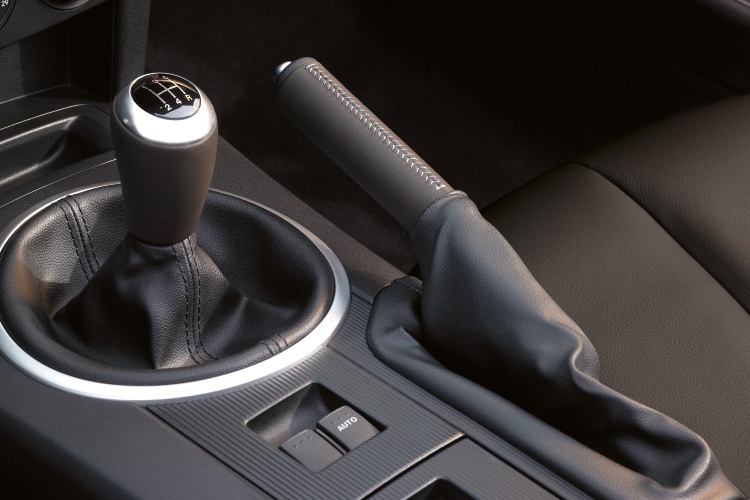
Restarting your car after it’s been idle for months doesn’t mean just getting in and zoooming off.
Due to the current COVID-19 pandemic, some motorists may have chosen to idle their cars.
If you’re one of these owners, you might have disconnected the battery to prevent it from becoming discharged. You may have also put a car cover on it to protect the paintwork.
Restarting your car when you’re finally ready to drive it again sounds straightforward. But apart from reconnecting the battery and starting the engine, here’s what else you need to do.

Prepare your jumper cables just in case you need to jump-start your car.
PREPARE TO JUMP-START YOUR VEHICLE
Disconnecting the battery was a good idea. But the battery could still have drained a little due to a self-discharge phenomenon that occurs with lead-acid batteries. Hence you may need to jump-start the car.
Of course, you will have to re-install your preset radio stations and, in some cars, you might also have to re-programme personalised memory functions linked to each key.
During this time, check to see that all the instruments are functioning. Check the headlights, brake lamps and indicators.

Ensure your engine idles smoothly after restarting your car.
ENGINE AND FLUID CHECKS
Once you have restarted your car, check that the engine is idling smoothly. Then have a quick look under the car to see if there are any damp or oily patches.
If there are any, these may indicate a leak. Just to be sure, check your engine oil and coolant levels.
Do not rev the engine. Let the oil warm up and circulate to all of the various internal moving parts. After six months, some parts may no longer be lubricated as oil would have drained down to the sump.
Good synthetic oils can resist gravity better, but nonetheless, be gentle with the engine and let it idle for a few minutes before driving.

WATCH THE PARKING BRAKE
After restarting your car and slowly driving it, you might experience a stubborn parking brake that is reluctant to release.
This happens because the pads or shoes have been exerting force on the discs or drums respectively and there is a tendency for surface adhesion to develop.
Usually, the brake will break free within a few metres of driving. Only in very rare situations will the parking brake refuse to release. If this happens, you will have no choice but to have the car towed to a workshop.
YOUR CLUTCH CAN BE AFFECTED, TOO
The same can happen between clutch plates and the flywheel in a manual car. You will find it difficult to engage first gear.
And when you do manage to shift to first, the car might creep forward even if your clutch pedal is fully depressed.
Often, this will resolve by itself after a couple of kilometres.

A multi-plate clutch from Alcon.
AIR OUT YOUR CAR
Finally, if your car has been left covered all the while, it would be good to keep your doors and boot open for a while to allow some fresh air to flow through the interior.
Why did my brakes make a thudding noise?
5 driving tips if you’re heading back to work
Car maintenance: How to prep for another circuit-breaker
Is your car servicing overdue? Here’s what you should know
What’s draining your car battery?
5 car maintenance tasks you can tackle alone












